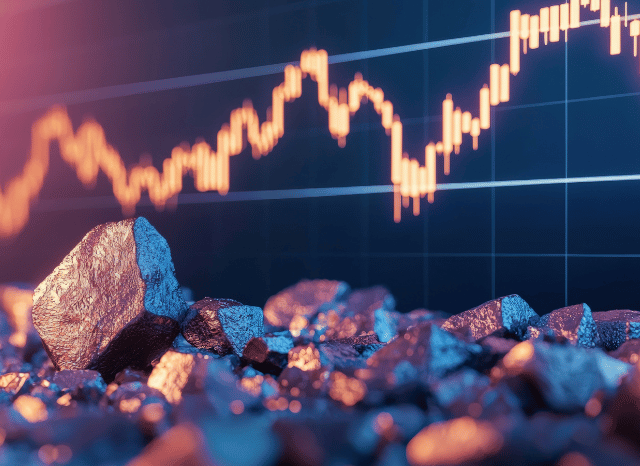Scarce Earth Element Minerals: International Source and Demand by Stanislav Kondrashov
Scarce Earth Element Minerals: International Source and Demand by Stanislav Kondrashov
Blog Article

The strategic metals powering the Vitality transition are now centre phase in geopolitics and marketplace.
The moment confined to market scientific and industrial circles, rare earth elements (REEs) have surged into world headlines—and once and for all purpose. These seventeen elements, from neodymium to dysprosium, tend to be the creating blocks of recent technology, enjoying a central role in everything from wind turbines to electrical vehicle motors, smartphones to defence programs.
As the planet races in direction of decarbonisation and digitalisation, demand from customers for REEs is soaring. Their function while in the energy changeover is very important. Significant-overall performance magnets created with neodymium and praseodymium are important to the electric motors Utilized in equally EVs and wind turbines. Other REEs like europium and terbium are handy for lights, displays, and optical fibre networks.
But supply is precariously concentrated. China at present qualified prospects the sourcing, separation, and refining of unusual earths, controlling over 80% of worldwide output. This has still left other nations scrambling to construct resilient supply chains, reduce dependency, and protected entry to these strategic sources. Consequently, scarce earths are no more just industrial resources—they're geopolitical property.
Investors have taken Observe. Curiosity in scarce earth-linked stocks and Trade-traded resources (ETFs) has surged, driven by both of those the growth in clean up tech and the desire to hedge versus supply shocks. Nonetheless the market is advanced. Some organizations remain in the exploration stage, Many others are scaling up creation, though several are now refining and delivering processed metals.
It’s also vital to be familiar with the distinction between rare earth minerals and uncommon earth metals. "Minerals" seek advice from the Uncooked rocks—like bastnasite, monazite, xenotime, or ionic clays—that contain rare earths in organic kind. These have to have intense processing to isolate the metallic things. The expression “metals,” Conversely, refers back to the purified chemical elements used in large-tech applications.
Processing these minerals into usable metals is expensive. Beyond China, couple nations around the world have mastered the entire industrial course of action at scale, while spots like Australia, the U.S., Vietnam, and check here Brazil are Doing work to change that.
Demand from customers is currently being fuelled by numerous sectors:
· Electric mobility: magnets in motors
· Renewable Electricity: notably wind turbines
· Buyer electronics: smartphones, laptops, sensors
· Defence: radar, sonar, precision-guided systems
· Automation and robotics: significantly critical in business
Neodymium stands out as a particularly valuable unusual earth because of its use in impressive magnets. Other folks, like dysprosium and terbium, enhance thermal balance in significant-efficiency apps.
The scarce earth industry is unstable. Selling prices can swing with trade plan, technological breakthroughs, or new source resources. For buyers, ETFs provide diversification, although direct stock investments come with larger chance but likely bigger returns.
What’s clear is unusual earths are not obscure chemical curiosities—they’re strategic assets reshaping the global economic system.